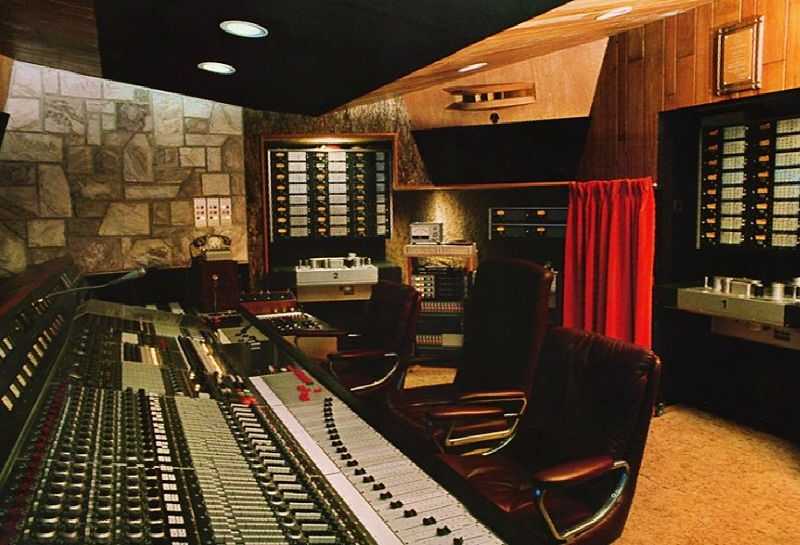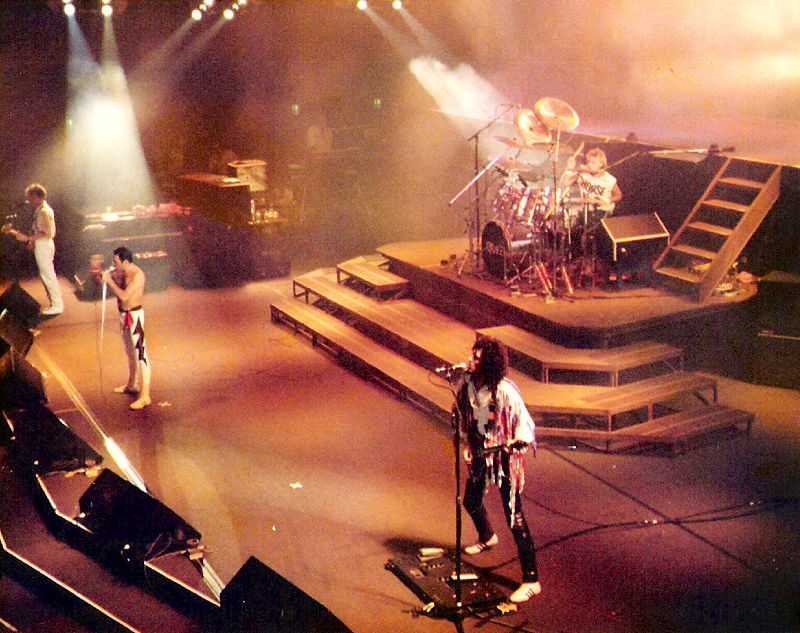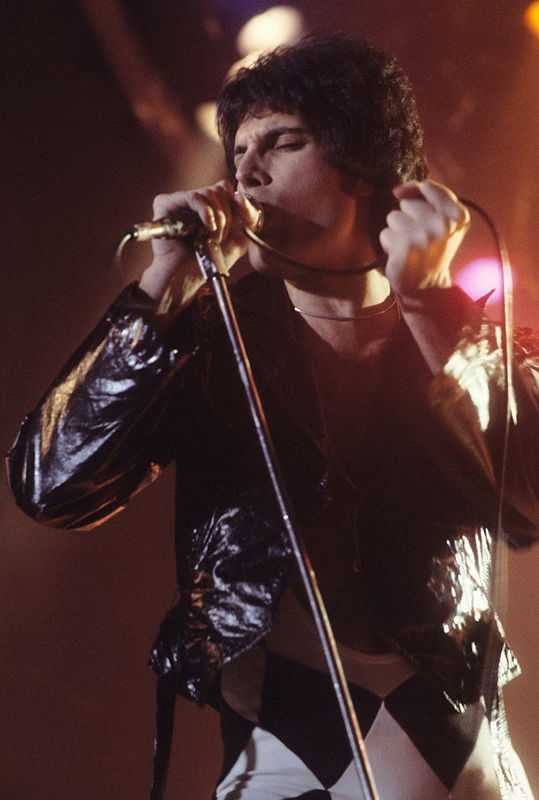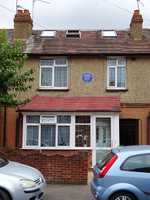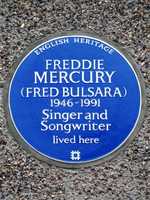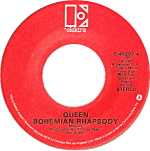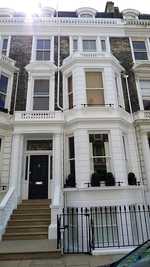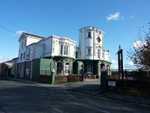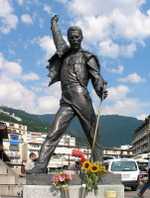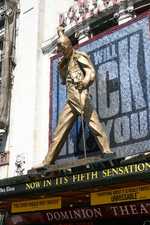1. Mercury's early life
Freddie Mercury was born Farrouk Bulsara on the 5th September 1946 in Zanzibar, an island off the East African coast of Tanzania.
His parents were Bomi and Jer Bulsara and he had a sister six years younger than him called Kashmira. After initial schooling in Zanzibar the young Freddie would spend most of his remaining childhood in India.
From the age of 8 he was sent to a boarding school called St Peter’s in the region of Panchgani. This was where his interest in music seems to have really begun, singing in the school choir and beginning piano lessons.
It was while at St Peters that Freddie Mercury and some of his classmates formed his first band called The Hectics, who performed tracks by the likes of Cliff Richard and Little Richard. He had also started to use the name Freddie at this time.
In 1963 Freddie Mercury finished his schooling days and returned to his parents home on Zanzibar, although this was unfortunately at a time of upheaval on the island which was to lead to the overthrow of the Sultan of Zanzibar. The Bulsara family decided to move, relocating half way across the world to settle in Feltham in Middlesex. A blue plaque commemorates the house in which they lived.
Freddie studied at Isleworth Polytechnic school, obtaining the qualifications required to study graphic design at Ealing College of Art, where he joined a blues band called The Wreckage.
However, a fellow student was to make the all-important introductions for Freddie to Brian May and Roger Taylor who had founded a band called Smile. In 1970 Freddie Mercury became the lead singer for Smile and the following year bassist John Deacon joined them. Under Freddie’s influence the band changed the name to Queen while he changed his surname to Mercury.
2. Early Queen
The newly formed Queen went in to the Trident studios to record their eponymous debut album.
This was not particularly glamorous: they often had to record in the late hours of the evening when all the established acts had finished.
The album was released in 1973 and was soon followed up the following year with another album simply entitled Queen II.
Neither album really caught the public’s attention although the single ‘Seven Seas of Ryhe’, released off the second album, did reach number 10 in the UK singles charts.
They toured Queen II, including playing Stateside for the first time, where they opened for Mott the Hoople.
Further albums quickly followed. Sheer Heart attack was also released in 1974, containing the track ‘Killer Queen’. Written by Freddie Mercury, this track reached number 2 in the charts.
This was the point from where Queen started to be noticed. Hard rock was meeting glam rock and when combined with Freddie’s powerful vocals the listening public at home and abroad was starting to get excited.
In 1975, with the release of their next album, A Night at the Opera, the group reached an entirely new level.
3. A Classic is Born
The album Night at the Opera introduced us to ‘Bohemian Rhapsody’, a song still so influential and loved it tops most polls of greatest ever songs.
As a rock song it should not really work. A six minute track containing different styled passages, including opera, and no chorus for crowds to instantly learn and sing along to. Yet instead we learned the whole song and we keep on singing it today.
‘Bohemian Rhapsody’ was written by Freddie Mercury and contains the harmonies the band has become famed for and which the first four albums had seen developing.
‘Bohemian Rhapsody’ topped the UK singles charts for nine weeks.
But Night at the Opera was certainly not a one track album: it also contained the songs ‘You’re My Best Friend’, ‘Love of my Life’ and Freddie’s version of ‘God Save the Queen’.
The band and Freddie Mercury’s popularity now soared, with more top selling albums released, including A Day at the Races in 1976 and News of the World in 1978. They were now playing to massive audiences around the world including the USA, where they scooped their first number 1 track with ‘Crazy Little Thing called Love’.
In 1985 the Live Aid concert was held to raise funds towards relieving the famine in Ethiopia. For many Queen stole the show in front of a packed out Wembley Stadium in London. In one televised concert everyone had the chance to see why Freddie Mercury is considered one of the greatest performers to have graced a stage.
It was only a 17 minute set, but from the first notes of an abridged version of ‘Bohemian Rhapsody’ Freddie Mercury and Queen’s performing power in all its pomp was there for all to see. The crowd responded and the resulting performance has gained legendary status.
4. Later Queen and Solo Career
Although Live Aid cemented Freddie’s reputation as a singer, songwriter and performer, album sales started to fall after the release of After the Works in 1984.
Freddie Mercury began to look at working on projects outside of the band and in 1985 he released his first solo album called Mr Bad Guy. Other solo releases included a cover of The Platters song ‘The Great Pretender’.
He also stepped in to the world of the West End in 1986, teaming up with Dave Clark for the production of the musical ‘Time’.
One of his most famous collaborations happened a year later in 1987 when Freddie Mercury realised one of his singling ambitions. He partnered Spanish operatic soprano Montserrat Caballe to record the album ‘Barcelona’, again displaying his vocal range and abilities.
‘Barcelona’ was also a track on the album which when released became one of Freddie Mercury’s best selling solo records, reaching number 8 in the UK charts. The song was also used as the theme song when the city staged the Olympics in the summer of 1992.
Amid the collaborations and solo projects Freddie Mercury still worked with Queen. In 1991 they released the album 'Innuendo', though Freddie did not tour to promote it, having started to retreat from the limelight a couple of years before.
In 1995 Queen released their fifteenth studio album called Made in Heaven using the vocals and piano parts Freddie Mercury recorded prior to his death.
5. The Legacy
Freddie Mercury had been diagnosed with AIDS in 1987, deciding to refrain from telling the public.
On the 24th November 1991 he died from bronchial pneumonia complicated by AIDS at his home in Kensington, the day after a public statement was issued to inform the world of his original diagnosis.
On April 20th the following year a tribute concert in his name was held at Wembley Stadium, featuring many of the great names in music at that time. From the concert sprung the Mercury Phoenix Trust, an AIDS charity set up in Freddie’s memory.
Freddie Mercury and Queen were innovators in music. Innovative harmonies, innovative music videos and lavishly staged concerts created an unforgettable sound and look. On their tour of South America in 1981 they performed in front of a then record 231,000 people, making them pioneers in stadium rock.
Their musical legacy carries on in film and theatre productions. The musical 'We Will Rock You', based on Queen and Freddie Mercury’s songs, opened at the Dominion Theatre in May 2002 and is still running in theatres today, such is the enduring popularity of the music.
While Freddie Mercury wrote many songs for Queen including ‘Bohemian Rhapsody’, all four members contributed tracks. In 2001 they were indicted in to the Rock and Roll Hall of Fame and as recently as 2018 were awarded a Lifetime Achievement award at the Grammys. Freddie Mercury was posthumously recognised for his Outstanding Contribution to Music at the Brits in 1992.
For a great showman he was never always comfortable with his look. Four additional teeth on his top jaw pushed his front ones forward. This produced an appearance that earned him the nickname ‘Bucky’ at school and may have been a reason for his elaborate trademark moustache.
However it has always been wondered whether his teeth contributed to his incredible vocal range of four octaves. On all fronts he was an extraordinary talent whose music remains timeless.
